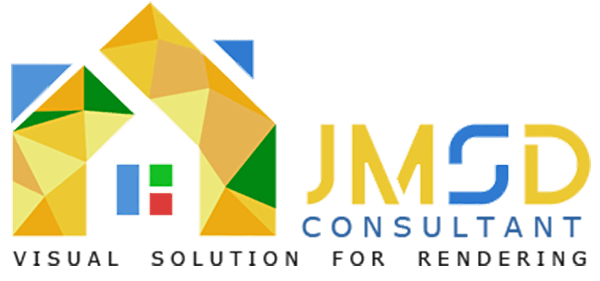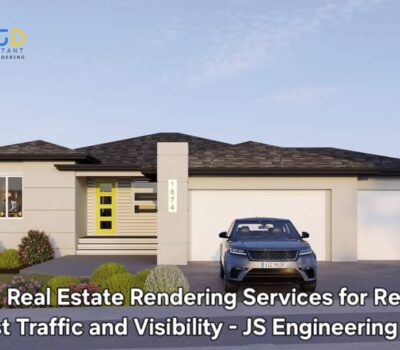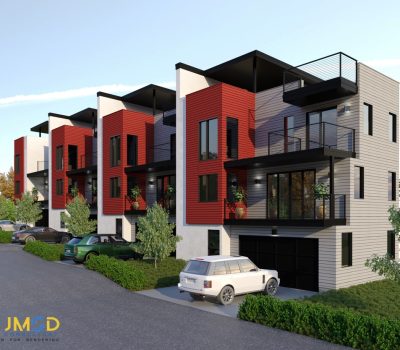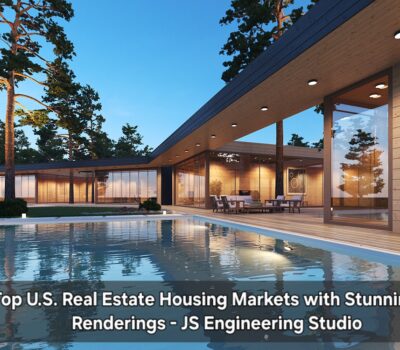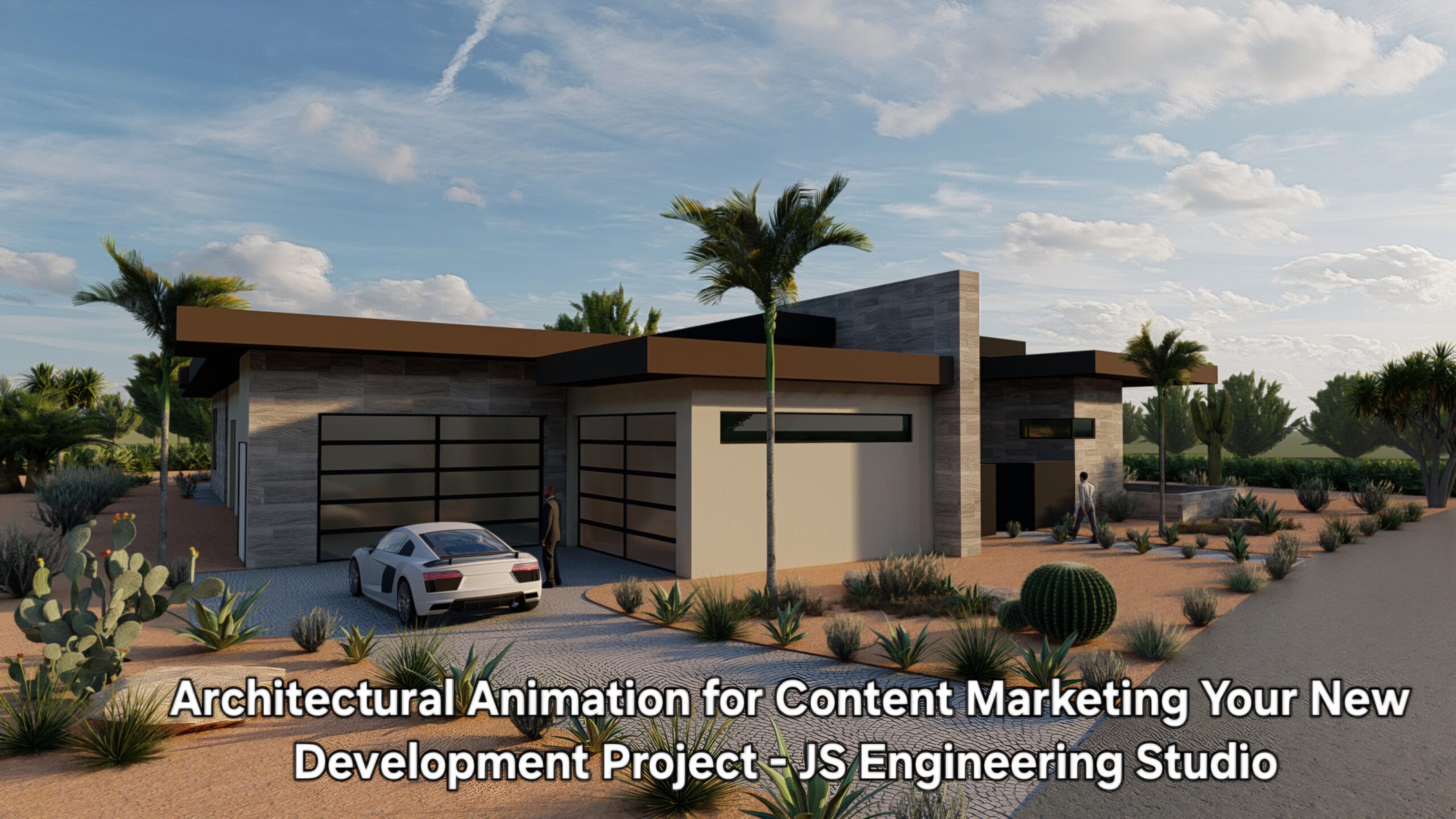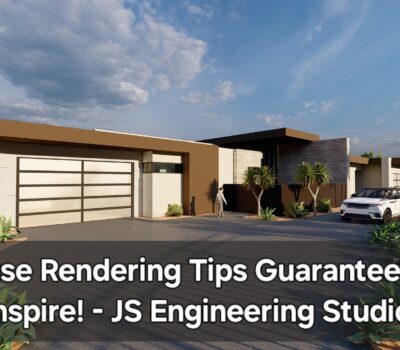Common Architectural Visualization Mistakes Should Avoid by Architectural Visualization Company
In this article, we will explore the realm of architectural visualization and highlight several common mistakes that should be avoided by architectural visualization companies. Whether you are a property developer seeking 3D architectural visualization services or another architectural visualization company similar to ours, these insights will prove to be invaluable in your endeavors.
It is well understood that designers frequently operate under tight deadlines. Therefore, we have compiled a list of the most prevalent architectural visualization errors to steer clear of. You may consider this as a checklist to review prior to submitting your projects to your clients.
These errors are significantly less probable to occur if you are conscious of their existence – and that is exactly the reason we have chosen to create a compilation of the eleven most frequent errors in architectural visualization. By remaining mindful of these typical blunders, you will elevate both your Architectural rendering your business to the next level!
10 Common Architectural Visualization Mistakes Should Avoid by Architectural Visualization Experts
#1. Ignoring the Importance of Lighting
Lighting can make or break a render. Poorly lit scenes look flat and unrealistic. Always use natural light direction, time-of-day accuracy, and proper interior lighting setups to enhance realism and mood.
#2. Overloading the Scene with Details
While detail adds realism, too much clutter can overwhelm the viewer. Use minimalism strategically—focus on key elements that support the narrative rather than distract from it.
#3. Using Low-Quality Textures
Stretched, pixelated, or repetitive textures ruin immersion. Invest in high-resolution, PBR (physically based rendering) textures and ensure they’re properly mapped for scale and orientation.
#4. Neglecting Real-World Scale
A common oversight is misaligned dimensions. Ensure furniture, doors, and windows are built to real-world sizes, or the scene will feel off and unconvincing.
#5. Unnatural Camera Angles
Avoid overly dramatic or “cool” angles that don’t show the space well. Prioritize composition that showcases layout, flow, and purpose—especially for real estate or architectural clients.
#6. Forgetting Context and Environment
A beautiful building floating in a gray void looks incomplete. Add environmental elements like landscape, background buildings, or weather effects to ground your project in a believable setting.
#7. Lack of Post-Production Polish
Raw renders often lack the final visual impact. Use Photoshop or other tools for color correction, contrast, atmospheric effects, and subtle enhancements that elevate the overall presentation.
#8. Not Considering the Client’s Vision
Misunderstanding or ignoring the client’s brief leads to disconnect. Stay aligned with their branding, style expectations, and target audience throughout the visualization process.
#9. Overuse of Ready-Made Assets
Relying too much on generic 3D models or libraries leads to repetitive and generic scenes. Customize key elements and models to make your renders stand out and reflect the actual design.
#10. Failing to Optimize for Performance
High-quality renders shouldn’t come at the cost of render times or scene crashes. Optimize polycounts, use proxies, and clean up unnecessary geometry to balance quality and efficiency.
Conclusion :
We trust that you found these suggestions beneficial in assisting you to prevent future architectural visualization errors.
Creating a perfect architectural rendering requires significant time and effort – and, similar to many aspects of life, it is not without its own set of errors. As you embark on your upcoming project, consider all of these factors to ensure that everything proceeds as smoothly as possible.
Should you wish to render an unlimited number of projects and perspectives, please explore more about Architectural Rendering and Visualization Services. You can render numerous projects and seize the ideal perspectives. If you seek expertise for your upcoming project, please Contact our partners at JS Engineering Studio and their Visualization Services team. Discover more about their 24-hour turnaround time and the services they provide here. You can contact us by sending an email to [email protected]. Alternatively, you may use our quotation form to ask about starting a new project.
